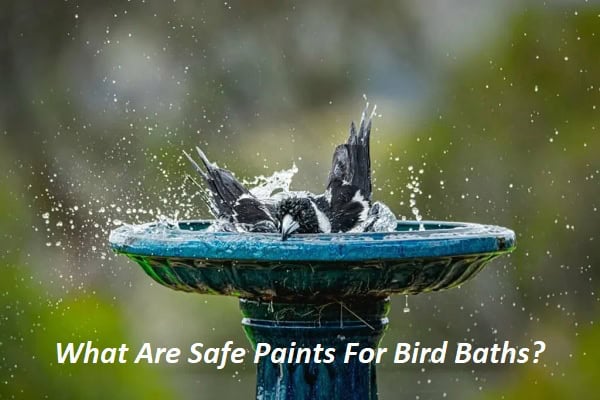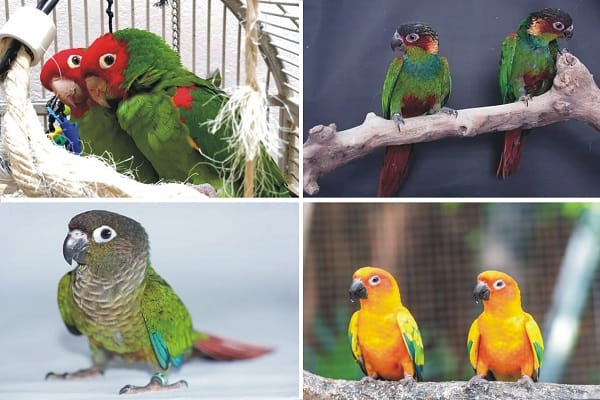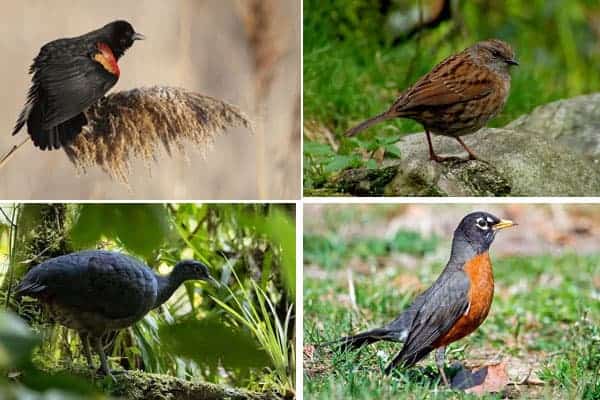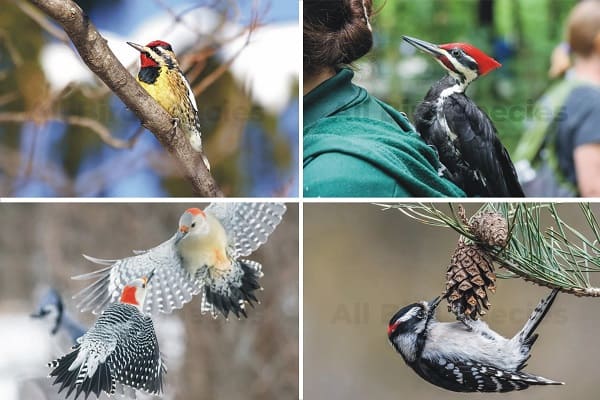How Do Birds Mate: A Comprehensive FAQ Guide
Birds are amazing creatures—they have a variety of courtship and mating behaviors. Learning about their unusual courting dances, mating rituals, and parenting methods is part of how do birds mate. In this FAQ guide, we will answer the most frequently asked questions about bird reproduction and thus unveil a part of the enigmatic world surrounding these animals. Continue reading
1. How do birds mate?
To understand how do birds mate, it’s essential to know about the “cloacal kiss.” Male and female birds have a cloaca—an opening for elimination and reproduction. Cloacas are put together during mating, and the male sends sperm to the female. It is a rapid process that takes place in seconds but is essential for fertilization.
2. Do birds mate for life?
Although some birds profess long-term pair bonds and mate for life, others may only reunite seasonally to breed. Bird families in which members mate for life (the majority of swans, some albatrosses, and a few parrots) have particularly close bonds and often include shared nesting habits. By contrast, most other birds are seasonally monogamous and get a new partner for each breeding window.

3. What factors influence the timing of bird mating?
The timing of bird mating is influenced by various environmental and biological factors, including:
- Daylight Hours: Increasing daylight in spring activates hormonal changes, which start the breeding season for birds and other wildlife.
- Mating: Birds may time their mating to ensure their offspring hatch when food is most abundant, allowing the chicks to grow and develop rapidly.
- Weather and Climate: Good weather is necessary for mating and chick rearing. For example, birds in temperate regions often breed in spring and summer (prompted by increasing length of days), whereas many species worldwide can breed at any time of year.
4. How do birds build their nests?
Nest building is an essential part of bird reproduction. The type and complexity of nests vary widely among species:
- Simple Nests: Like many ground-nesting species, some birds create simple scrapes in the ground.
- Complex Nests: Others, like weaver birds, build intricate woven structures from grasses and twigs.
- Tree Cavities: Woodpeckers and some parrots nest in tree cavities, which protect them from predators and harsh weather.
- Cliff Ledges: Seabirds like puffins and murres nest on cliff ledges, safe from many ground-based predators.
5. How many eggs do birds typically lay?
Clutch sizes—the number of eggs a bird lays—also vary and may reach very high levels. Albatrosses lay a single egg, while ducks and songbirds can produce anywhere from 2 to more than a dozen! The clutch size depends on the species, climatic conditions, and food availability.
6. Incubation period – how long do bird eggs incubate?
It refers to the period when a pair of eggs would have hatched, which varies among species. For example, in small songbirds, this period can be as short as ten days, but it can be up to two months long in albatrosses.
7. Are both parents responsible for the babies?
In most birds, both parents take care of their chicks. The chick is fed, protected, and warmed up. However, in most species, the care is provided by both parents to some degree; for example, only females incubate and brood their eggs. In others, such as the ostrich, chick rearing is solely done by a male.
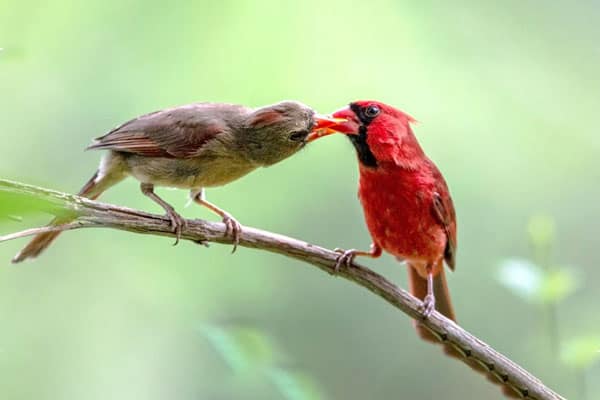
The Role Of Vocalization In Bird Mating
Birds use songs for a variety of reasons, including recruitment and attracting mates. The intricacy and repetition of their tunes, accompanied by challenges, may also advertise to the females where they stand in terms of health.
- Territorial Defense: In addition, singing is a way to mark and defend territories from competitors and secure resources vital for raising babies.
- New Bonds: Duets between the male and female of some species help build new pair bonds while synchronizing their breeding activities.
8. Are there any unusual mating strategies among birds?
Sure, some bird species have a unique and interesting way of mating:
- Lekking: Males gather on spots called leks to perform competitive displays. Females then come to select the best and fanciest males at least.
- Brood Parasitism: Cuckoos and cowbirds, for example, lay their eggs in the nests of other species. The parasitic chicks, hatched before or soon after the resident birds’, are then reared by them secretly and at great cost to their own young.
- Cooperative Breeding: In species like the acorn woodpecker, multiple individuals, usually relatives (rarely offspring of past nests), help a pair or breeder rear their young. This strategy is beneficial for the young’s survival.
9. What environmental factors affect how birds mate?
Environmental factors such as habitat availability, climate, and food resources significantly impact bird-mate behavior. Birds in resource-rich environments can afford more elaborate courtship displays and nest-building efforts, while those in harsher environments may adopt more efficient strategies to maximize reproductive success.
10. How do technological advances help in studying bird mating behaviors?
GPS tracking, remote camera monitoring, and genetic analysis are new technologies that have advanced the study of bird mating behaviors. These tools enable researchers to study birds in their natural habitats without disturbing them, providing important information about mating strategies, migratory paths, and genetic diversity.
11. How are human activities affecting the sexual relations of birds?
Habitat destruction, pollution, and the looming specter of global climate change all present substantial challenges for bird mating. These pressures can reduce food availability and expose birds to pollutants, with the loss of suitable nesting sites. Recent findings have shown a surprising population decline, making habitat preservation and restoration crucial for countering these effects and saving diverse bird species.
Conclusion
How do birds mate? This article demonstrates the remarkable diversity and complexity of avian reproductive strategies. Everything described is essential to the survival of their species, from a kind of cloacal kiss as part of intricate courtship rituals to nest building and parental care. By answering each of these commonly asked questions, we hope to give you a better understanding of the wonderful world of birds and how they mate.


